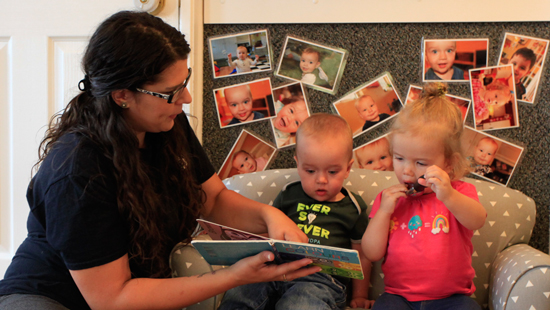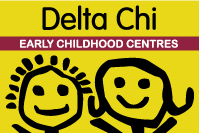
Emergent Curriculum
Environment is considered to be the “third teacher”.An emergent curriculum is one that builds upon the interests of children. Topics for study are captured from the talk of children, through community or family events, as well as the known interests of children. Team planning is an essential component of the emergent curriculum. Teachers work together to formulate hypotheses about the possible directions of a project, the materials needed, and the possible parent and/or community support and involvement.

Environment
With the Emergent Curriculum, great attention is given to the look and feel of the classroom. Environment is considered to be the “third teacher”. Teachers carefully organize space for small and large group projects and small intimate spaces for one, two, or three children. Documentation of children’s work, plants, and collections that children have made from former outings are displayed both at children’s and adult eye level.
Projects
should be long enough to develop over time, to discuss new ideas, to negotiate over, to induce conflicts, to revisit, to see progress, to see movement of ideas
should be concrete, from real personal experiences, important to children, should be “large” enough for diversity of ideas and rich in interpretive/representational expression
should be introduced by teachers knowing what is of interest to children: shadows, puddles, tall buildings, construction sites, nature, etc.
should emerge from children’s ideas and/or interests
should be provoked by teachers
Teacher Role
- co-explore the learning experience with the children
- provoke ideas, problem solving, and conflict resolution
- take ideas from the children and return them for further exploration
- organize the classroom and materials to be aesthetically pleasing
- organize materials to help children make thoughtful decisions about the media
- document children’s progress: visual, videotape, tape recording, portfolios
- help children see the connections in learning and experiences
- help children express their knowledge through representational work
- form a “collective” among other teachers and parents
- have dialogue about the projects with parents and other teachers
foster the connection between home, school and community

Media
explore first
what is this material, what does it do, before what can I do with the material
Colour
should have variation in colour, texture, pattern: help children “see” the colours, tones, hues; help children “feel” the texture, the similarities and differences
Artistic
should be presented in an artistic manner and should be aesthetically pleasing to look at, it should invite you to touch, admire, inspire
Possibilities
should be revisited throughout many projects to help children see the possibilities


